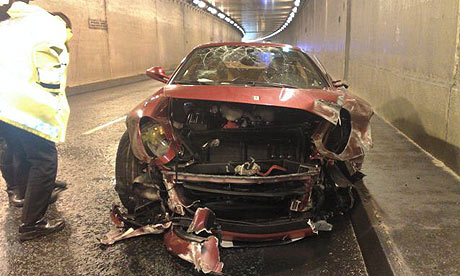About 20 years ago, the Internet changed the way that journalists wrote and distributed their stories. The world of the journalist is changing yet again with the implementation of smart phones. According to Brigg’s, more than one billion mobile phones were sold in 2008. It is now 2012, and there is no doubt that this number has increased.
Smart phones have access to text messaging, the Internet and a camera. All wrapped up in a tiny mobile device is everything that a journalist on-the-go needs. The mobile phone makes it easier for breaking news coverage to be captured through mobile picture uploads and even tweets from places where even a laptop might not be easily accessible. The reporting is instantaneous and easily accessible.
The first images, which are too graphic for my taste to publish here, of Muammar Gaddafi’s death were taken from a civilian’s cell phone in the middle of the chaos. While the images didn’t 100% prove death, they did transmit breaking news to the public that the dictator had been captured and wounded.
In another instance, Nicola Dowling, a reporter for the Manchester Evening News, was the first to capture images of the car crash of soccer star Cristiano Ronaldo with her Nokia mobile phone.

The picture was clear and immediately ready for publishing because it was taken on a mobile phone.
Although it is increasingly easy for people to capture images, video and to live tweet, reporters should still be diligent about going back and adding detail, checking facts and backing up their credibility.
The images of Gaddafi show him wounded but there is no way to tell that he was actually dead. It would be unwise to pair a photo with a false statement. However, the mobile phone opens up a whole world of possibility for reporting raw footage from the scene of the story.
http://www.youtube.com/watch?v=IurFwDcxQwg
Leave a Reply